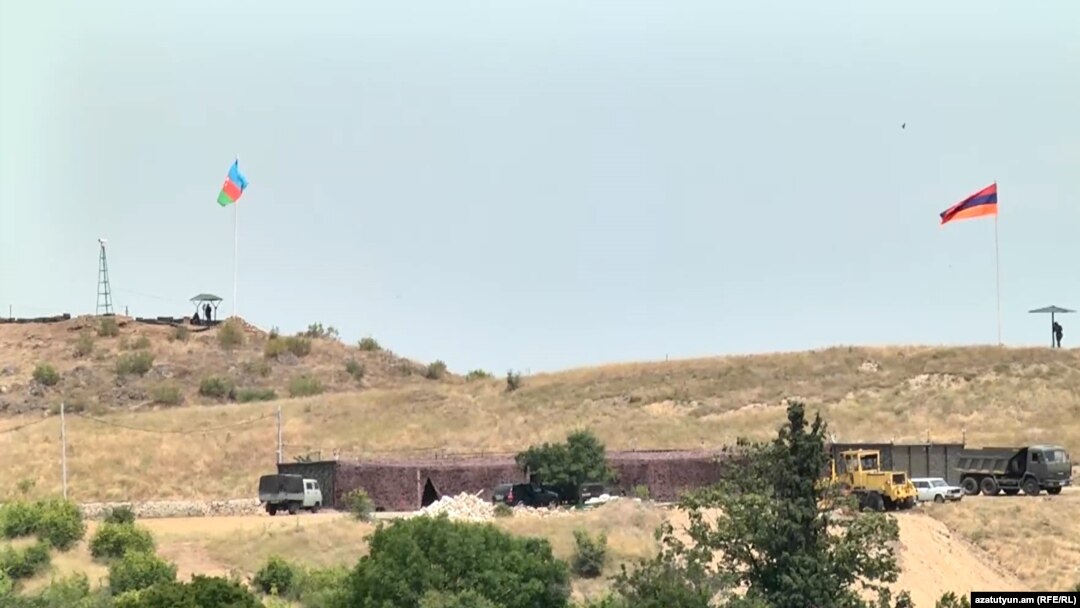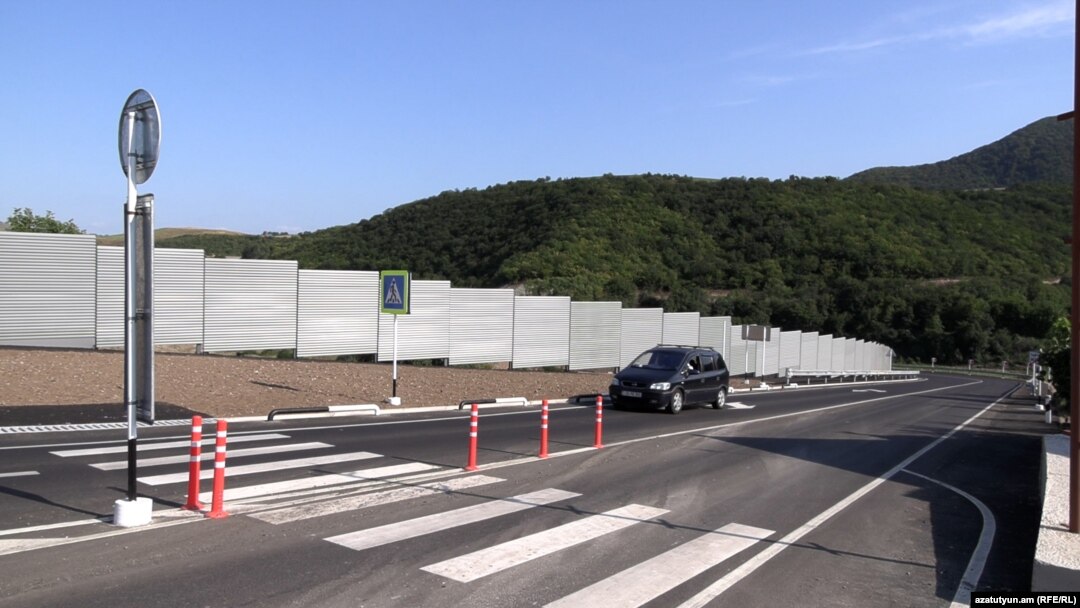The Armenian Foreign Ministry said the “regulations” for joint activities of the two countries’ commissions dealing with the border delimitation and demarcation will be made public on Monday.
The two sides pledged in April to work them out by July 1 as part of a deal whereby the Armenian government controversially ceded four disputed border areas to Baku. They said at the time that the delimitation process will be based on the 1991 Alma-Ata Declaration signed by newly independent ex-Soviet republics.
The declaration committed them to recognizing each other’s Soviet-era borders. But it does not contain a detailed description of those borders.
Prime Minister Nikol Pashinian has repeatedly defended his unilateral concessions, saying that they will lay the groundwork for Azerbaijan’s recognition of Armenia’s territorial integrity. He has also said that this “positive experience” will be used for delimiting other sections of the nearly 1,000-kilometer-long border.
Pashinian’s government on Tuesday did not explicitly say that the regulations agreed upon by Yerevan and Baku mention the Alma-Ata Declaration. In comments to the official Armenpress news agency, its press office only cited the relevant understanding reached in April.
Nor did the office clarify which sections of the border will be delimited next and when. It said the two sides are due to agree on that “sequence” after having the regulations validated by their respective state bodies. Armenia’s Constitutional Court must uphold the regulations’ conformity with the constitution before they can be sent to the Armenian parliament for ratification, added the office.

Armenia - New Armenian and Azerbaijani border posts are seen from Kirants, July 24, 2024
The four disputed border areas handed over to Azerbaijan in May and June had been occupied by Armenian forces in 1991-1992. For its part, the Azerbaijani army occupied at the time large swathes of nearby land belonging to several villages in Armenia’s northern Tavush province. It has not withdrawn from that land in return for the Armenian concessions.
Baku has also refused to withdraw from Armenian border areas seized by its troops in 2021 and 2022. It denies occupying any Armenian territory.
The land transfer strongly condemned by the Armenian opposition sparked angry protests in Tavush’s border villages seriously affected by it. The protests were led by Archbishop Bagrat Galstanian, the then head of the provincial diocese of the Armenian Apostolic Church.
After failing to scuttle preparations for the handover, Galstanian took his campaign to Yerevan where he held a series of big rallies in May and June in a bid to oust Pashinian. He has pledged to resume his campaign in September.


